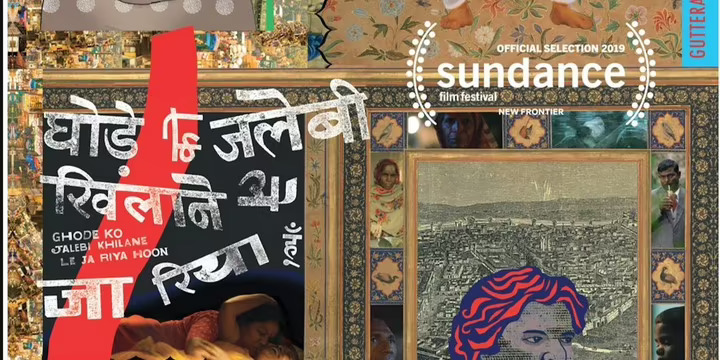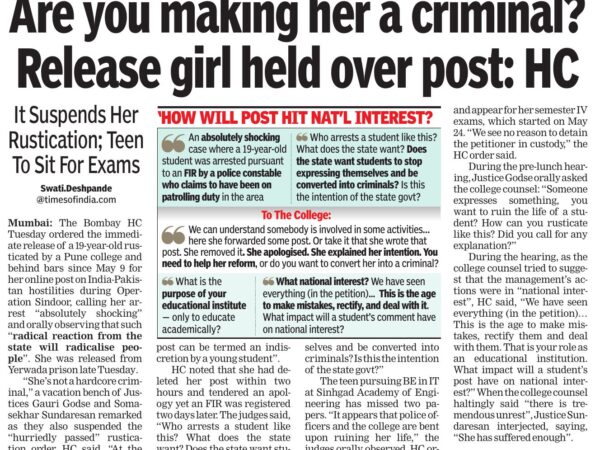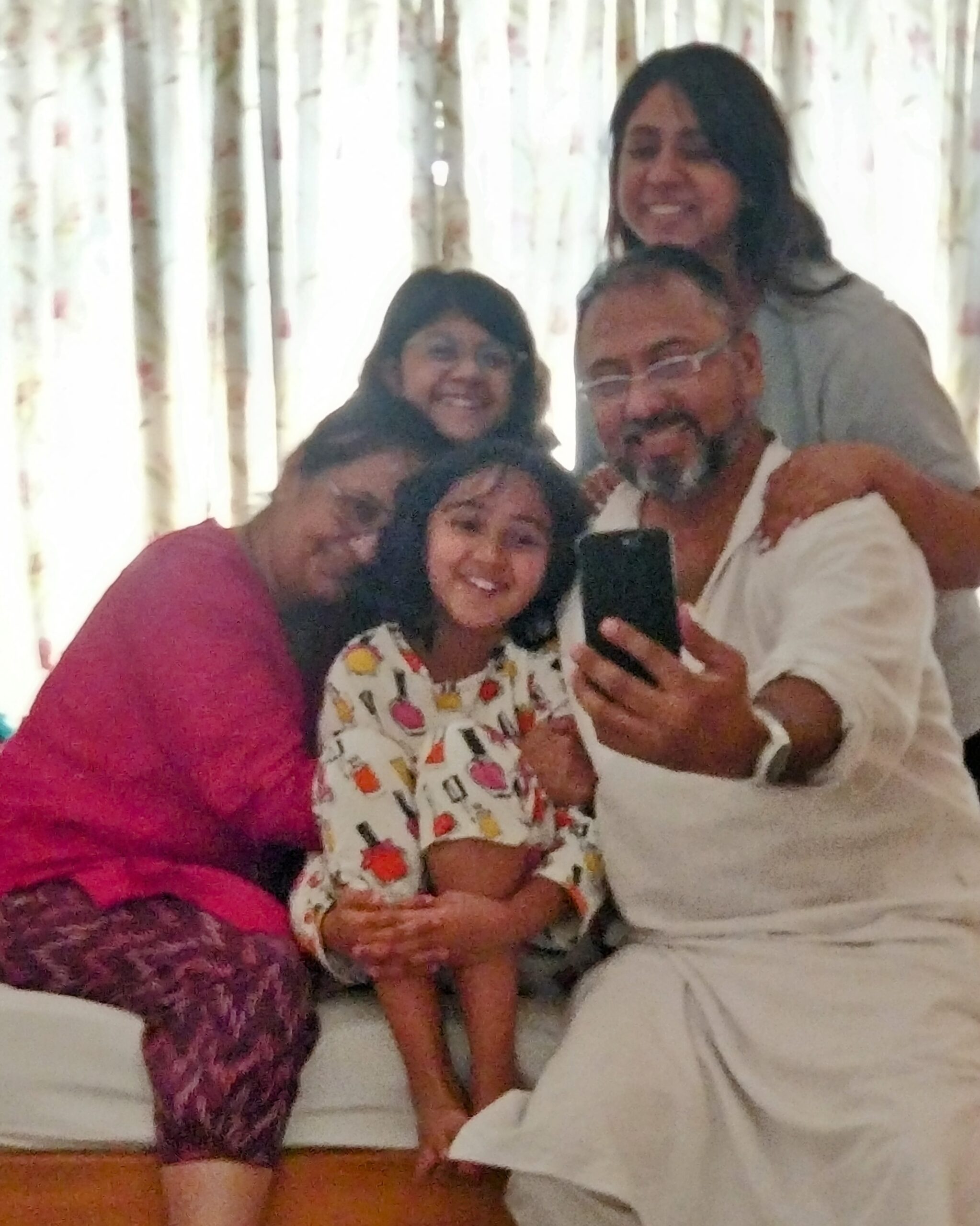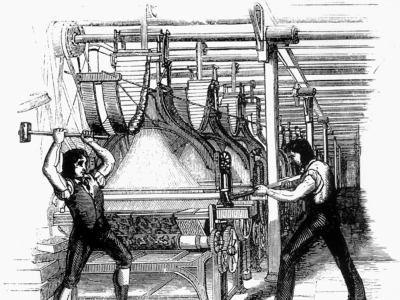
Playing at: Theatres (as of yet).
IMDb: 6.4/10
NDTV: 4/5
The Print: 3.5/5
Indian Express: 2.5/5
My Rating: 8/10
I was alone, free, and feeling like a movie. While browsing through BookMyShow, I saw this interesting title and so, without doing further research, booked a seat for today. Apparently, it had only one show in only one multiplex in Pune. Fine by me. If I don’t like it, I’ll probably catch 40 winks in the airconditioned hall, I thought. It is highly unlikely there’d be anyone else to see this obvious arthouse film that no one has heard of. Or so I presumed.
That is why, when I saw 30-odd people at Cinepolis at Seasons Mall waiting patiently outside the hall, which was being cleaned (I like to arrive early), I presumed they were there for some other movie, perhaps Bhool Bhulaiyya 2, which was playing next door. Then, I noticed their clothes (torn jeans, FabIndia kurtas, old tees, chappals, nose/finger rings). And tattoos (hammer & sickle, Mandarin characters, Om, bar codes, you know what I am talking of). And beards (wild). And hair (unkempt). And hygiene (probably a shower per week, tops). And ages (young enough to be either recent or present students), except for two really elegant ladies in very colourful sarees and large bindis. And beads (of course). I knew right away that these are either art students or people associated with the arts, like painting or design or music or films or tv or writing or literature or, in today’s case, YouTube/Tik-Tok/Snapchat/Instagram influencers. And/or they are students of ‘subaltern’ things: art, cinema, economics, history, narratives, and the like. I put two and two together to reckon that this was not as obscure a film as I had expected it to be prima facie. The name, on second thought, should actually have been a dead giveaway.
The second clue was the laughter. When I sat down, I joked loudly, to no one in particular and to everyone there, but more to my immediate neighbours, a group of kids, one with hair like Bob Marley wearing a tee shirt with Bob Marley on it, and another with Che Guevara on her (yawn!) that we seem to have a better quorum than Prithviraj. The entire movie hall laughed out aloud. Like, really laughed. So, even though (or maybe because) I was in a leather jacket, distressed jeans, riding boots with steel toes and heels, and leather gloves (which I only took off once I sat down), carrying a backpack and a proper helmet with a communicator attached to its left, I think it would be fair to say I felt accepted as one of them right away. Or at least it felt so.
Because as the National Anthem’s first bars came on, I noticed that they still did not trust everyone in there. Why? Because if I had to bet my last litre of petrol on every single one of them being rabidly (and I use this lightly) anti-establishment (not just this one, but generally any establishment), I’d do that with my eyes closed, and twice on a Sunday. But there seemed to be so much fear of having some outsider point out the lack of fervour and vigour in welcoming the national anthem present within them, that every single one of them stood ramrod straight while it played, despite the fact that I can give you odds that they’d argue with anyone on social media (and in person, when they are stoned or drunk enough) that there is neither the legal nor the moral need to do so, and the anthem should not be played in cinema halls anyway. So much for the rebellious youth!
<Some spoilers ahead>
Won’t really spoil the story though, but I have to warn you anyway.
Anyway, on to the actual movie. Apparently, the director interviewed a bunch of real old Delhi folks, and put brilliant theatre-trained actors into their characters and their words into these actors’ mouths. There are four (kind of) main characters: Patru, a pickpocket and n’er do well with big dreams (the scene in which he fantasises how he’d spend a crore Rupees if he came upon them, is pure gold!), Chhadami, a street hawker of various things (one is never sure) who reinvents himself as an astrologer when the hawker gig reaches the end of the line, Lali, a day-wage labourer who dreams of overturning the capitalist structure and punishing the oppressors (specifically, his boss), and Akash Jain, a smooth-talking, Urdu-spouting tourist guide who runs upmarket guided walks through old-Delhi for privileged Indians and foreign tourists. The entire movie is an interplay of their personal goals, ambitions, dreams (with a lot of tacky animation thrown in, on purpose, it would seem, since I have heard it being referred to as ‘magic realism’; it didn’t cut it for me), aspirations, fears, nightmares, and real lives as they go about living.
First, let us get the bad stuff away and done with: The problem with the storytelling is that it is in moments overly dramatic and in some other, starkly realistic, over the top and hammy at points, and underplayed and nuanced at others, tacky and kitschy somewhere and superbly polished and sophisticated elsewhere, much like a salad that seems to use all the right ingredients but is somehow not properly tossed with the dressing. A bhel made by a bhelpuriwallah who’s probably having that one bad day. I don’t know how else to explain what I felt, but it did feel perfectly in tune in places, and totally discordant in others. Maybe the storyteller intended it that way to keep the audience in a state of heightened awareness. Maybe the explanation for why it is so is too pat for it to be right and hindsight being what it is, post ipso facto. Make what you will of that.
And now to the good parts: You see, I was groping at the story and what it means for quite some time. I had almost given up. And then, I had an epiphany. But before I let you in on that, let me describe some parts of the movie which I think were key to my understanding of it. Now, I may be wrong, and I have certainly not read the director (Anamika Haksar) saying anything about this in any of her interviews, but this was the only way for me to find a thread with which I could string the movie together to make it comprehensible to a simple mind (devoid of any sophistication or understanding or even a basic education in art) like mine.
<Huge spoiler alert. Stop reading if you haven’t seen the movie. Go straight to the last paragraph>
There are multiple scenes when Patru hijacks Akash Jain’s well-heeled clientele who want to see the old Delhi of Delhi 6 and Rockstar only to take them on a tour of the real old Delhi, which is basically an interaction with the residents of the old city rather than a bland, though flowery, description of its now-dilapidated architecture and once-glorious past, as Akash is bound to do. He shows them the shanties built on gutters and the cramped quarters, the open sewage and the abandoned dead bodies, the food the poor residents eat and the conditions they stay, live, love, and die in. The other two, Chhadami and Lali, are accomplices (kind of).
There are two funny incidents that stood out for me (in hindsight): One in which one of the tourists actually thinks Patru’s tour is better because he has seen the ‘subaltern’ part of the city which is fascinating to his privileged background. And another in which a white lady asks for ‘folktales’ from the locals but is unsatisfied with the stories of their real lives, which she dismisses as too uninteresting, little knowing how rich and captivating their dreams, nightmares, and aspirations are, if only she could see them.
Except that none of these two incidents is funny. Because we quickly realise that it is us, sitting in the darkened, airconditioned theatre, munching on our freshly made, crisp popcorn and chilled cold drinks brought to our seats by the concierge, stretching our legs at the press of a button, calling our maids and drivers to inform them that we’d be busy for a couple of hours and they should stand by for further instructions, trying to remember which level we parked our fancy cars and motorcycles at and which escalator to take to get back there, and generally wallowing in privilege to a point that we miss the entire point of the movie (or at least I did for a while) in the haste to find entertainment and engagement that we identify with and crave for, who are that on-screen firangi tourist asking for ‘folktales’ and getting instead, the real dreams of real people with real stories, real hopes, and real fears, which are so much more amazing and fertile with abundance and creativity that it beggars our own imagination and ability to take it in, absorb it, process it, and enjoy the joys and sorrows, the triumphs and debacles, and limitations and possibilities that they bring to our table, laid out for our enjoyment, only to be ignored and discarded by our rather tragically poor senses. Alas! How unfortunate we privileged are to be deprived of this rich feast. And how lucky that someone like Anamika Haksar has taken the great trouble to bring together a sterling cast with this story and present it to us in the form she has.
In the end, I did not get what I went for, some light entertainment and a possible nap. But I did get awakened to the realities of the people around me, people who I seem to ignore because I think their lives dull and uninteresting. I now know that they are anything but.
My verdict: It is a veritable banquet. You don’t have to like everything. I didn’t. But have a go and try it all. Who knows what will catch your fancy? And raise your consciousness?

















